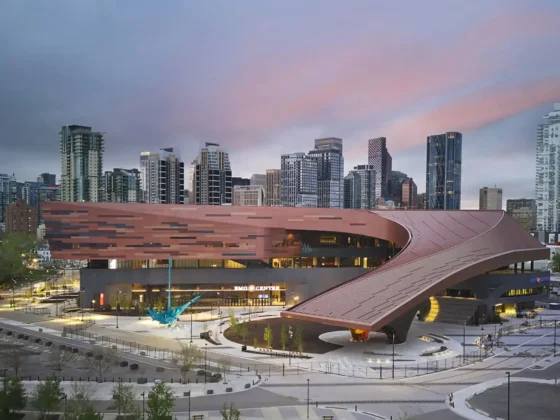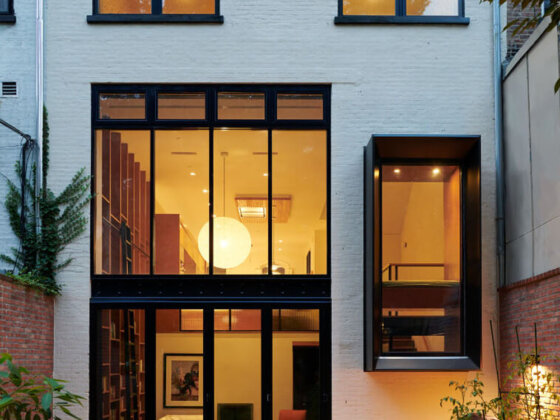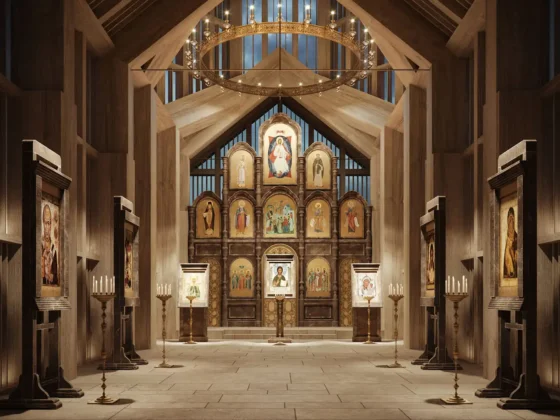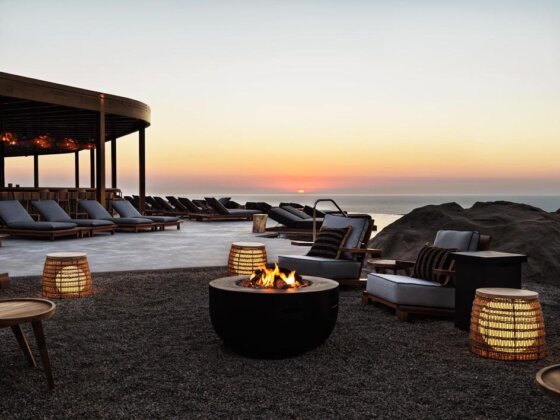Boston, Massachusetts, USA
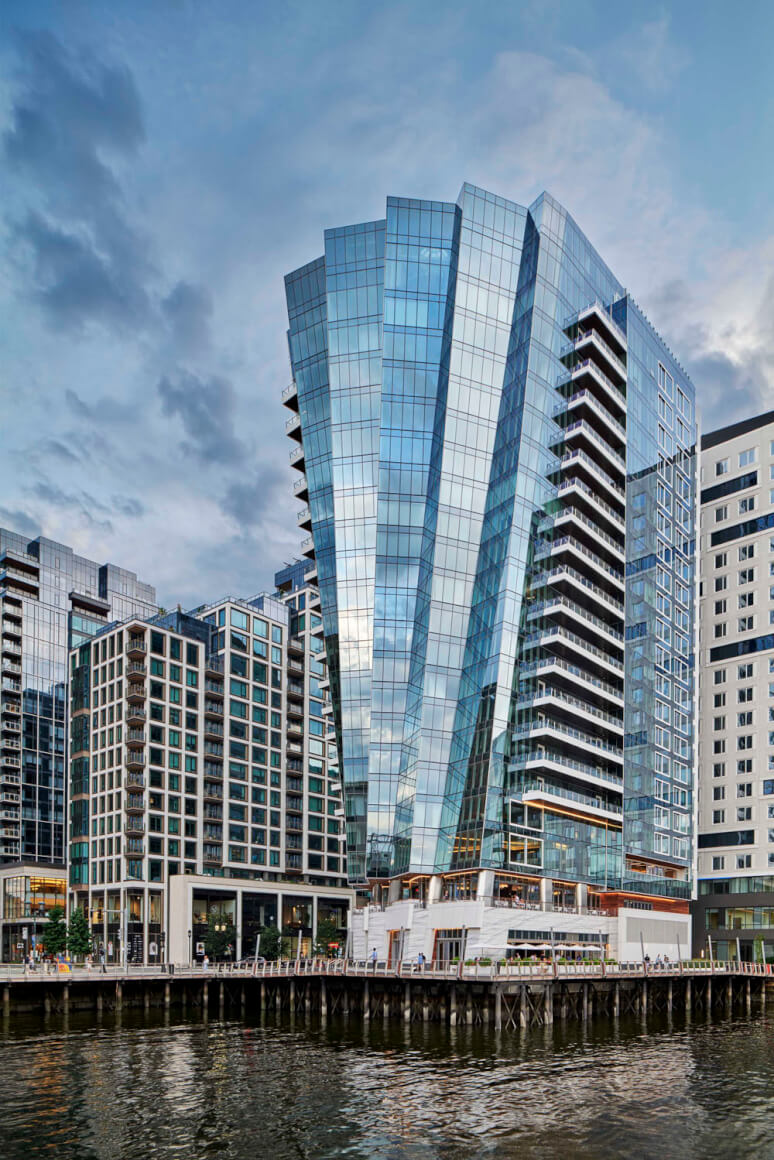
Inspired by Boston’s historic waterfront, the St. Regis Residences Boston is located on Boston Harbor in the Seaport District. Totaling 319,650 square feet, 22 stories, the 250-foot-tall building houses 114 residences plus three levels of below-grade parking. Occupying the first two levels is an 8,138-sf restaurant with 2,073 square feet of exterior terrace set alongside the adjacent Harbor walk, the public pathway that traverses Boston Harbor’s perimeter. Public open space occupies approximately 60% of the ground floor.
The architecture was guided by the principal objectives of: connecting with the harbor and the Seaport’s deep ties to shipping and sailing, contributing to activation of the waterfront and Harbor walk and capitalizing on site constraints to create vertical proportion and add complexity.
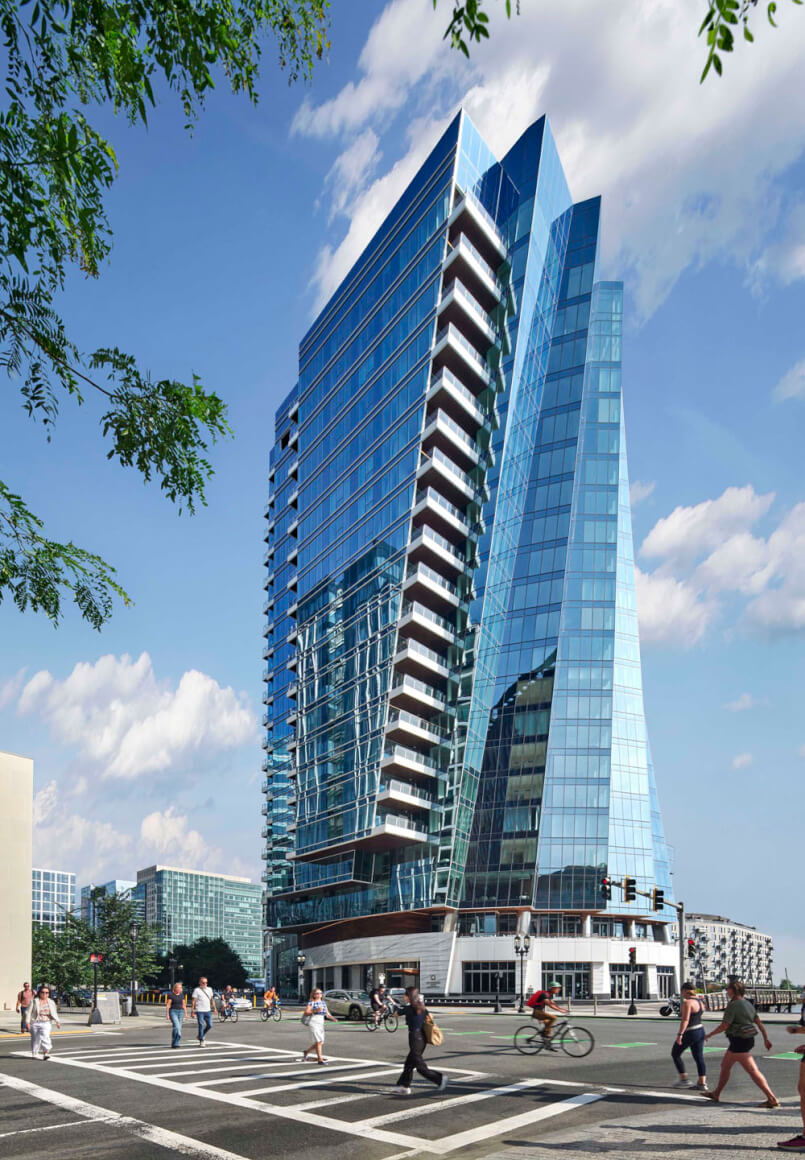
The aim was to create a building prepared for the future – resilient and sustainable, prioritizing community connectivity, occupant well-being, reduced overall electricity and water consumption, and management of rising sea levels.
The challenges included: the highly constrained 15,504-sf site, the state requirements for public access and views to the waterfront, a 250-ft height limitation by the FAA and to accommodate rising sea levels and storm surges.
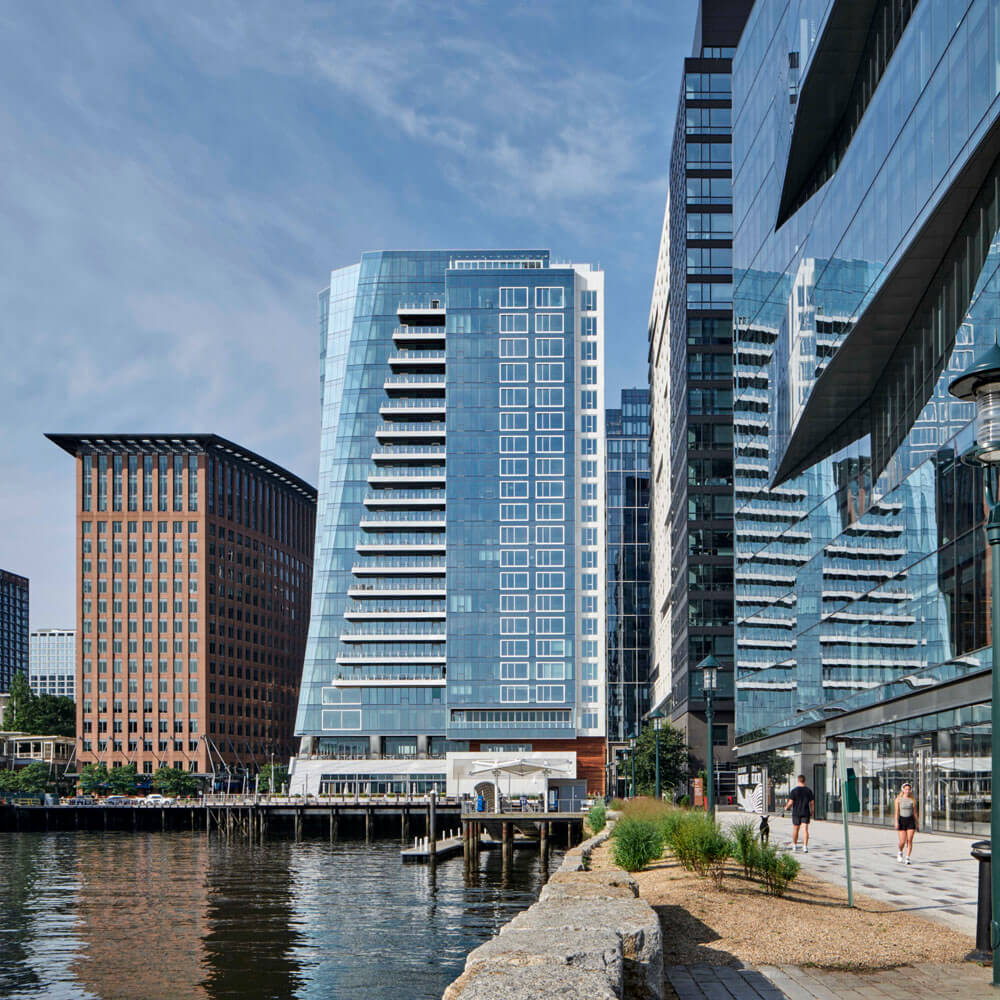
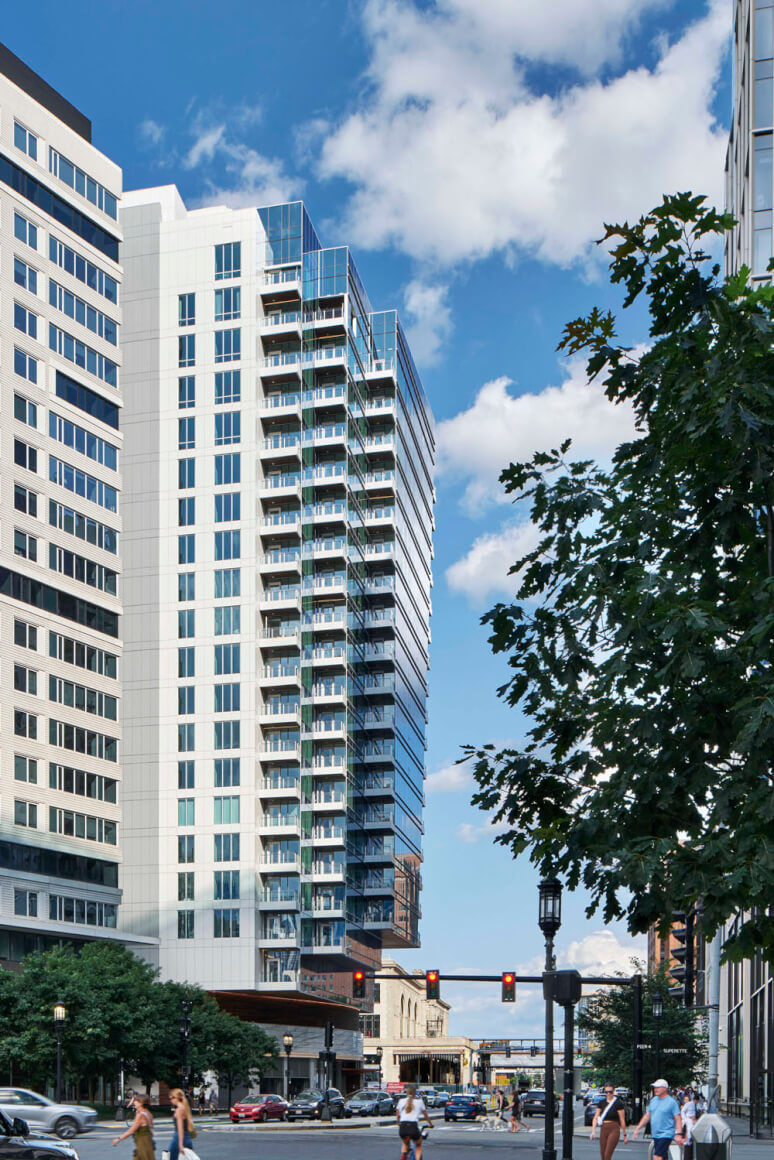
Complex, compelling, and aesthetically arresting, the building’s design evokes the billowing sails of schooners plying the seas. Its entire exterior is a unitized curtainwall of silver-blue glass that creates an ethereal, shimmering presence reflecting the harbor’s skies and waters. Anything but a simple glass box, the building’s form changes when viewed from different vantage points, shape-shifting for passersby.
The east façade features five deep “pleats” that conjure up a tall ship under full sail and give the building movement and drama, appearing to twist on a central axis as the pleats rise in a state of torsion twisting north at the top and south at the bottom. Only the east façade twists; the south façade’s “sails” – projecting bays that rise the height of the building – are a counterpoint to the east façade. The other façades are perpendicular, acting like a sailboat’s masts to bring stability and a central element around which other elements are organized. Tilted structural columns run continuously from the building base to the top, their location changing on each level.
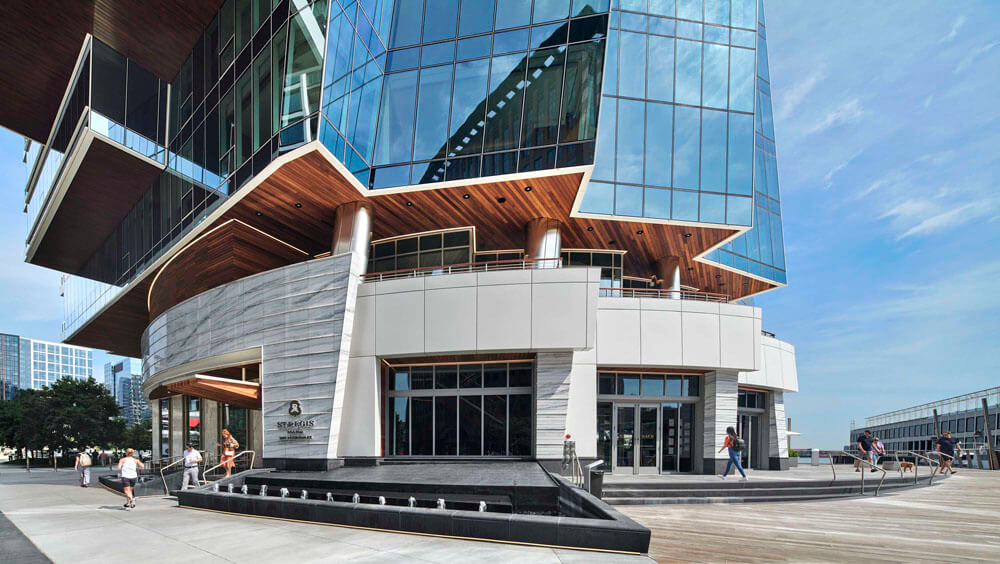
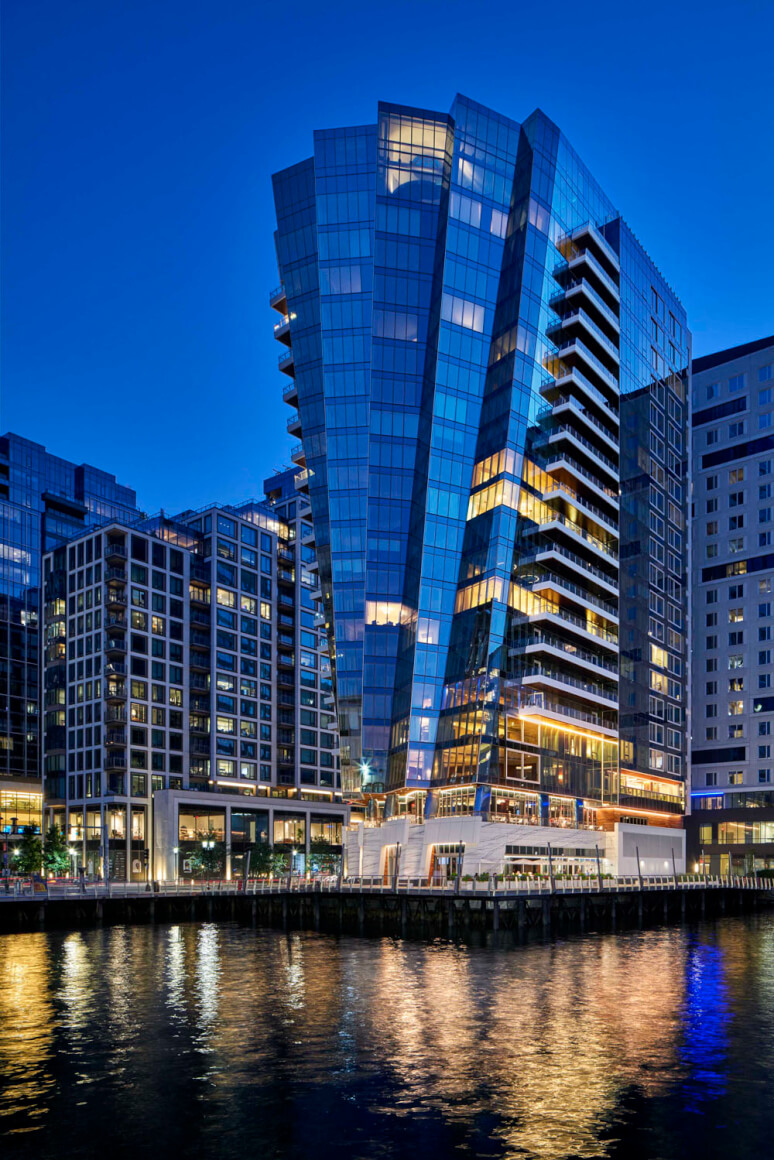
Architects: Elkus Manfredi Architects
Lead Architect: Wiliam Halter
Design Team: McNamara Salvia, BAMO, WSP, VHB,
Childs Engineering, Gordon H Smith Corporation, Haley & Aldrich, Cosentini, Arcadis/IBI Placemaking, SGH, Lerch Bates, Desman Associates, Kaplan Gehring McCarroll, Cavanaugh Tocci, Campbell McCabe, Kalin Associates, Vidaris, Weston & Sampson, RWDI, Aqua Design International
General Contractor: John Moriarty & Associates
Clients: Cronin Development and St. Regis Hotels & Resorts
Photographers: Robert Benson




